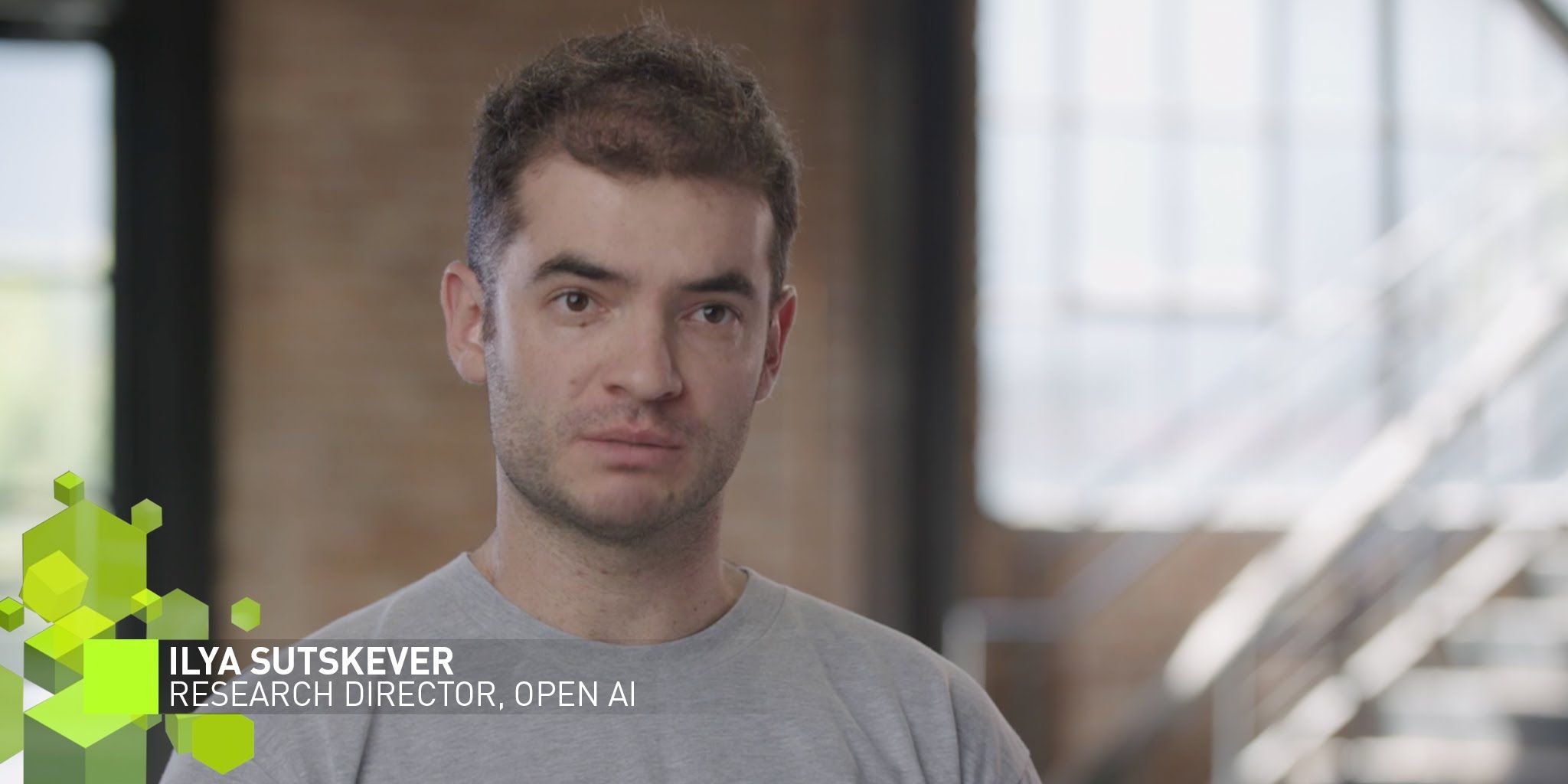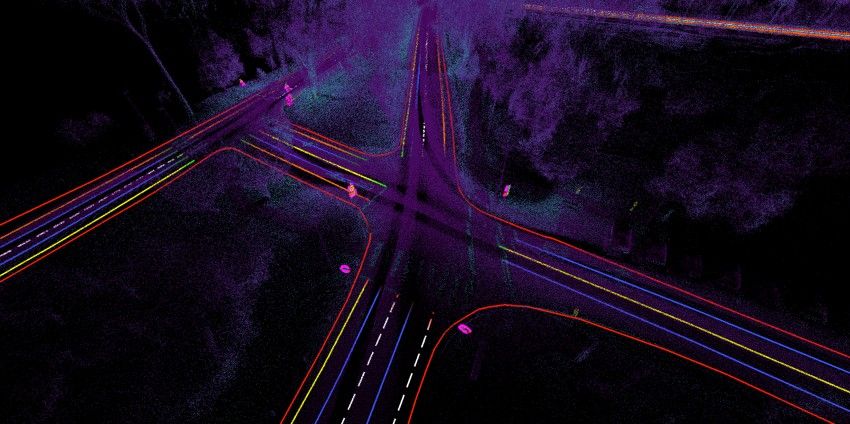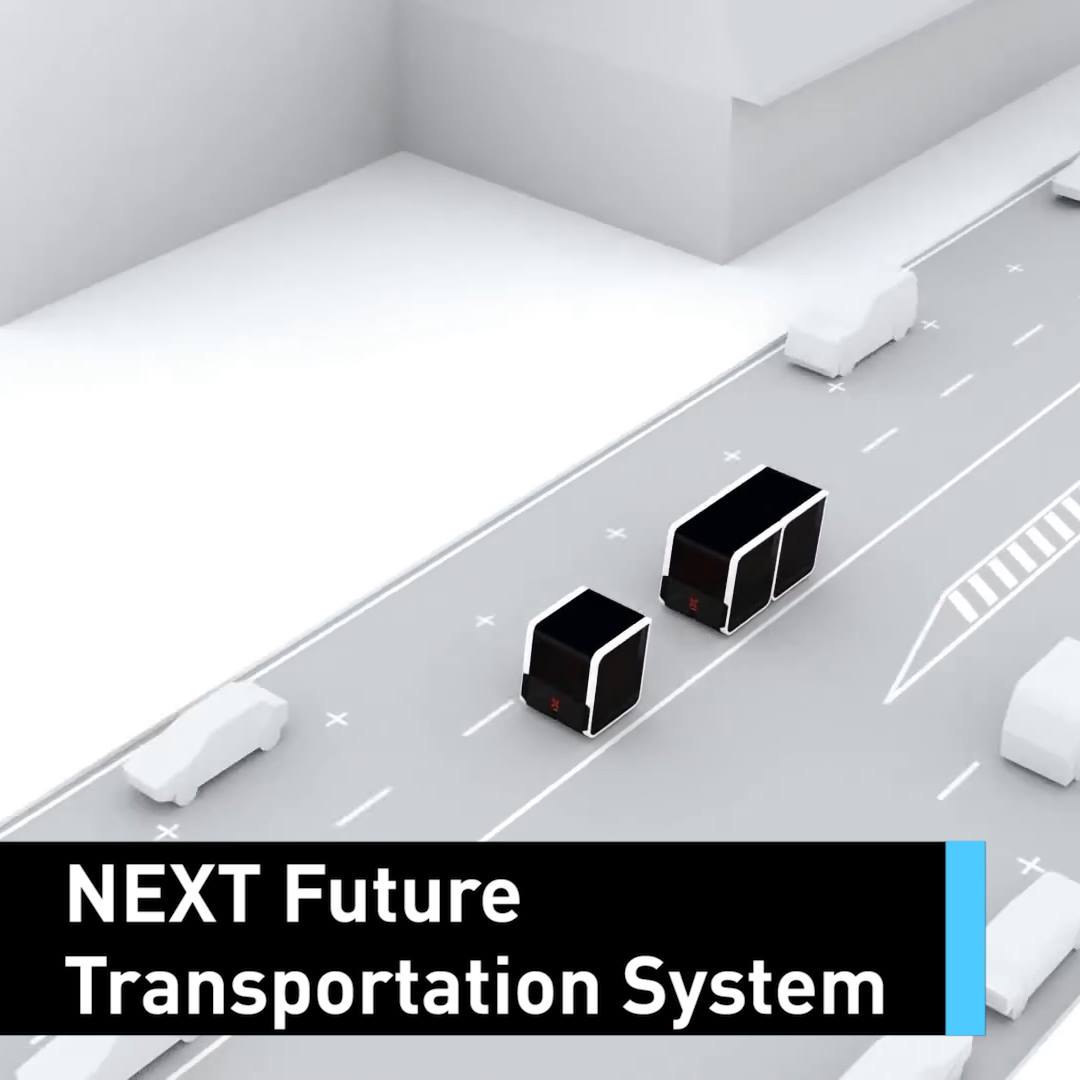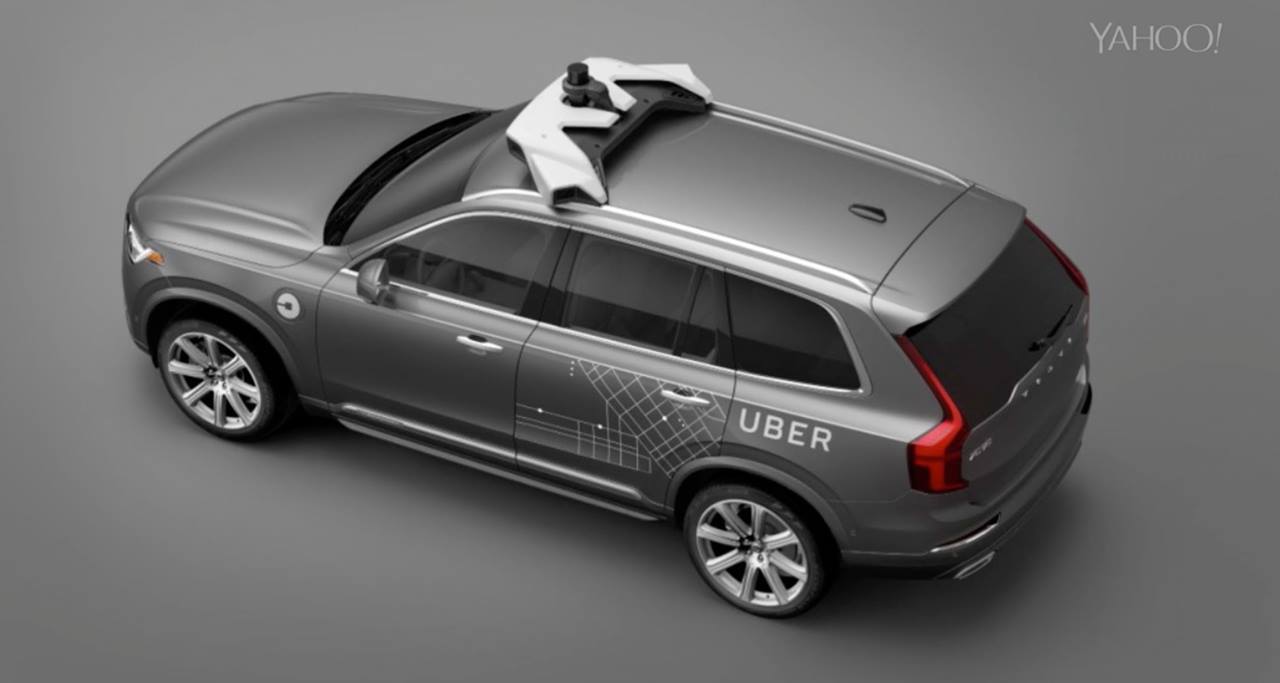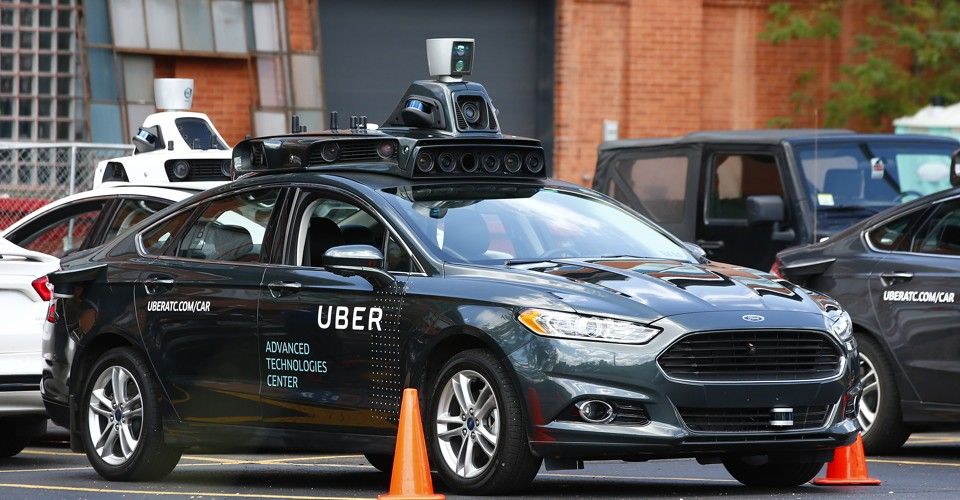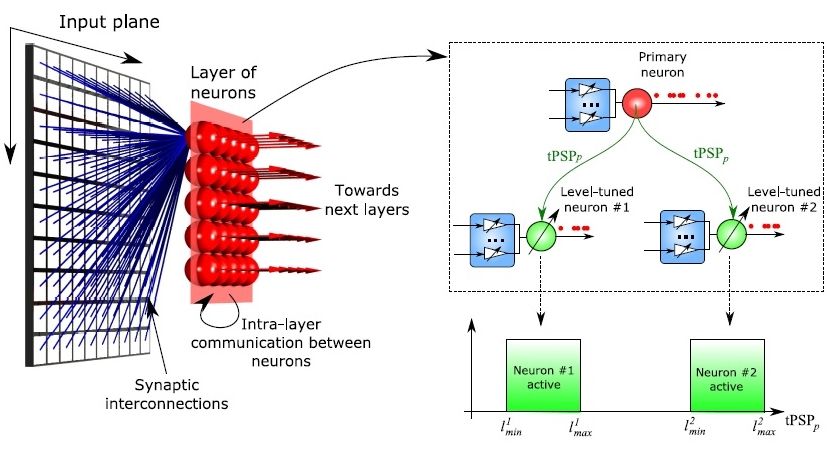Archive for the ‘robotics/AI’ category: Page 2238
Aug 19, 2016
Biohybrid Robots Built From Living Tissue Start To Take Shape
Posted by Shailesh Prasad in categories: engineering, robotics/AI
Think of a traditional robot and you probably imagine something made from metal and plastic. Such “nuts-and-bolts” robots are made of hard materials. As robots take on more roles beyond the lab, such rigid systems can present safety risks to the people they interact with. For example, if an industrial robot swings into a person, there is the risk of bruises or bone damage.
Researchers are increasingly looking for solutions to make robots softer or more compliant – less like rigid machines, more like animals. With traditional actuators – such as motors – this can mean using air muscles or adding springs in parallel with motors. For example, on a Whegs robot, having a spring between a motor and the wheel leg (Wheg) means that if the robot runs into something (like a person), the spring absorbs some of the energy so the person isn’t hurt. The bumper on a Roomba vacuuming robot is another example; it’s spring-loaded so the Roomba doesn’t damage the things it bumps into.
But there’s a growing area of research that’s taking a different approach. By combining robotics with tissue engineering, we’re starting to build robots powered by living muscle tissue or cells. These devices can be stimulated electrically or with light to make the cells contract to bend their skeletons, causing the robot to swim or crawl. The resulting biobots can move around and are soft like animals. They’re safer around people and typically less harmful to the environment they work in than a traditional robot might be. And since, like animals, they need nutrients to power their muscles, not batteries, biohybrid robots tend to be lighter too.
Continue reading “Biohybrid Robots Built From Living Tissue Start To Take Shape” »
Aug 19, 2016
How Your Next Car Could Help Make Itself Obsolete — By Tom Simonite | MIT Technology Review
Posted by Odette Bohr Dienel in categories: automation, mapping, robotics/AI, transportation
“Driving cars on the road might be the best way to create maps for tomorrow’s autonomous ones.”
Aug 19, 2016
NEXT Future Transportation System
Posted by Elmar Arunov in categories: robotics/AI, transportation
Aug 19, 2016
Driverless Cars Joining Uber Fleet
Posted by Dan Kummer in categories: robotics/AI, transportation
Aug 19, 2016
Airbus reveals ambitious plan for autonomous flying taxis
Posted by Klaus Baldauf in categories: drones, robotics/AI
If a self-flying taxi scheme didn’t come from the world’s second largest aeronautical company, we might think it was a prank. However, Airbus appears to be serious about its “Vahana” project, aimed at creating an autonomous passenger drone network, and thinks testing can begin as early as 2017. That sounds ambitious, to say the least, but “many of the technologies needed, such as batteries, motors and avionics are most the way there,” according to Airbus engineer Rodin Lyasoff.
Users arriving at, say, an airport would book a seat on a so-called zenHop “CityAirbus” drone, then proceed to a “zenHub” helipad, according to the concept. They’d be flown to their destination for about the same cost as a taxi, since the ride would be shared by several passengers. Luggage would be delivered by another service (zenLuggage, of course), and the whole thing would be safeguarded from hackers by (wait for it) zenCyber.
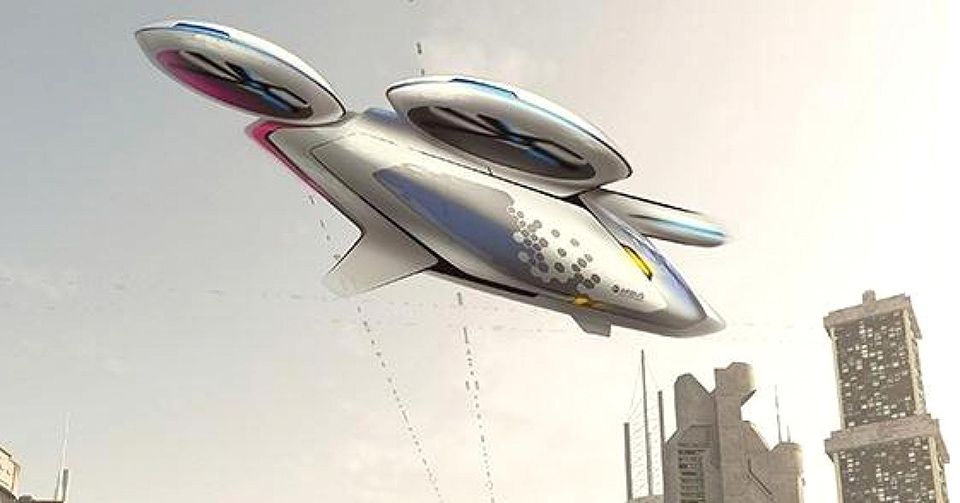
Continue reading “Airbus reveals ambitious plan for autonomous flying taxis” »
Aug 18, 2016
Artificial intelligence can find, map poverty, researchers say
Posted by Aleksandar Vukovic in categories: robotics/AI, sustainability
The method would assist governments and charities trying to fight poverty but lacking precise and reliable information on where poor people are living and what they need, the researchers based at Stanford University in California said.
Eradicating extreme poverty, measured as people living on less than $1.25 U.S. a day, by 2030 is among the sustainable development goals adopted by United Nations member states last year.
Aug 18, 2016
Will Uber’s Fleet of Self-Driving Cars Save Lives?
Posted by Dan Kummer in categories: biotech/medical, health, robotics/AI, transportation
Researchers estimate that driverless cars could, by midcentury, reduce traffic fatalities by up to 90 percent. Which means that, using the number of fatalities in 2013 as a baseline, self-driving cars could save 29,447 lives a year. In the United States alone, that’s nearly 300,000 fatalities prevented over the course of a decade, and 1.5 million lives saved in a half-century. For context: Anti-smoking efforts saved 8 million lives in the United States over a 50-year period.
The life-saving estimates for driverless cars are on par with the efficacy of modern vaccines, which save 42,000 lives for each U.S. birth cohort, according to the Centers for Disease Control.
Globally, there are about 1.2 million traffic fatalities annually, according to the World Health Organization. Which means driverless cars are poised to save 10 million lives per decade—and 50 million lives around the world in half a century.
Continue reading “Will Uber’s Fleet of Self-Driving Cars Save Lives?” »
Aug 18, 2016
Scientists Are Growing Living Biobots That Move Like Animals
Posted by Karen Hurst in category: robotics/AI
Aug 18, 2016
Neuromorphic computing mimics important brain feature
Posted by Bruno Henrique de Souza in categories: computing, information science, robotics/AI
(Phys.org)—When you hear a sound, only some of the neurons in the auditory cortex of your brain are activated. This is because every auditory neuron is tuned to a certain range of sound, so that each neuron is more sensitive to particular types and levels of sound than others. In a new study, researchers have designed a neuromorphic (“brain-inspired”) computing system that mimics this neural selectivity by using artificial level-tuned neurons that preferentially respond to specific types of stimuli.
In the future, level-tuned neurons may help enable neuromorphic computing systems to perform tasks that traditional computers cannot, such as learning from their environment, pattern recognition, and knowledge extraction from big data sources.
The researchers, Angeliki Pantazi et al., at IBM Research-Zurich and École Polytechnique Fédérale de Lausanne, both in Switzerland, have published a paper on the new neuromorphic architecture in a recent issue of Nanotechnology.
Continue reading “Neuromorphic computing mimics important brain feature” »
